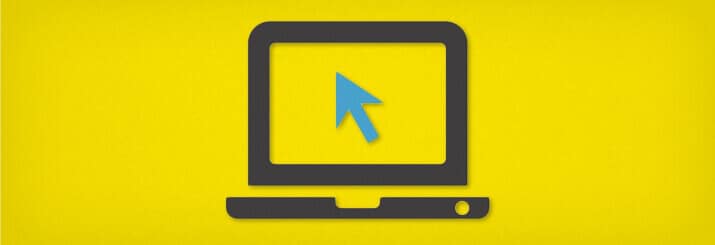A landing page is probably the most important single element for any small business website. It outstrips all other web pages when it comes to capturing and converting potential sales leads. So there’s a lot riding on the design of this key page.
Some small businesses mistakenly use their home page as a landing page. Generally speaking, a home page has too much content and too many design elements for this to be a feasible strategy. A web page solely dedicated to lead capture and conversion is far more desirable.
Here are tips for designing a landing page that interests and compels visitors to act.
1. Focus on the basics.
Every landing page should have the following:
• A well-crafted headline
• A description of the offer that stresses its value to the visitor
• A clear call-to-action (CTA)
• Your logo
• Social proof and social sharing buttons
• A contact form that encourages, rather than dissuades, visitor participation
Remember, there’s just one reason to draw visitors to a landing page: So they can take advantage of a specific offer in exchange for giving their precious contact information.
2. Nix navigation.
When a visitor elects to come to your landing page, it’s up to you to keep him there. Eliminate the usual (and distracting) navigation links that can lead him elsewhere.
3. Keep it clean.
Extend a “no-clutter” design strategy to avoid lengthy copy and an abundance of images (one supporting image is usually sufficient). Plenty of white space keeps the focus on your CTA—exactly where it should be.
4. Brand the page.
The one exception to #3 is making sure you’ve branded the landing page. Visitors who come here via social media channels or through a search engine need to recognize this page is part of your business.
5. Use the CTA to stress benefits to the visitor.
The landing page headline should closely match your call-to-action, with particular emphasis on how taking action will result in a benefit to visitors. Rather than state “Learn more about our product’s unique features,” frame the message along the lines of “See how using our product saves you money!” If supporting copy is necessary, employ bullet points for easy scanning.
6. Include social proof and encourage social sharing.
People are more inclined to share their valuable information when you offer such reassurances as social proof (embedded customer tweets, Facebook testimonials, etc); a privacy message that promises their email addresses won’t be shared or sold to a third party; and security seals or BBB rating, also designed to comfort visitors new to your business.
It’s also a good idea to promote social sharing. A visitor who’s won over by your great offer is more willing to share it with her network if the landing page includes relevant social media sharing buttons.
7. Contact form: Less is more.
All of your design efforts lead to this critical question. How much information do you require the visitor to share? The more entry fields a form contains, the less likely it is a visitor will choose to opt in. Everyone wants to get in and out as quickly as possible and the contact form should be designed to fulfill that goal. Keep your questions or fields to an absolute minimum, thus spurring the visitor’s continued involvement.
8. Don’t use a “submit” button.
We see “Submit” buttons all the time on different landing pages. After all, that’s what you want people to do! A more effective way to generate leads is through wording that further emphasizes the call-to-action and the benefits you’ve outlined elsewhere. For example, “Download Our Free White Paper” is a direct promise you will keep, once the visitor has clicked on the button.
Simplicity is the guiding principle for designing an effective landing page. Any element that distracts or otherwise blunts the purpose of this page should be eliminated. Every effort must be made to convince visitors that filling out the contact form is unquestionably in their best interests.



